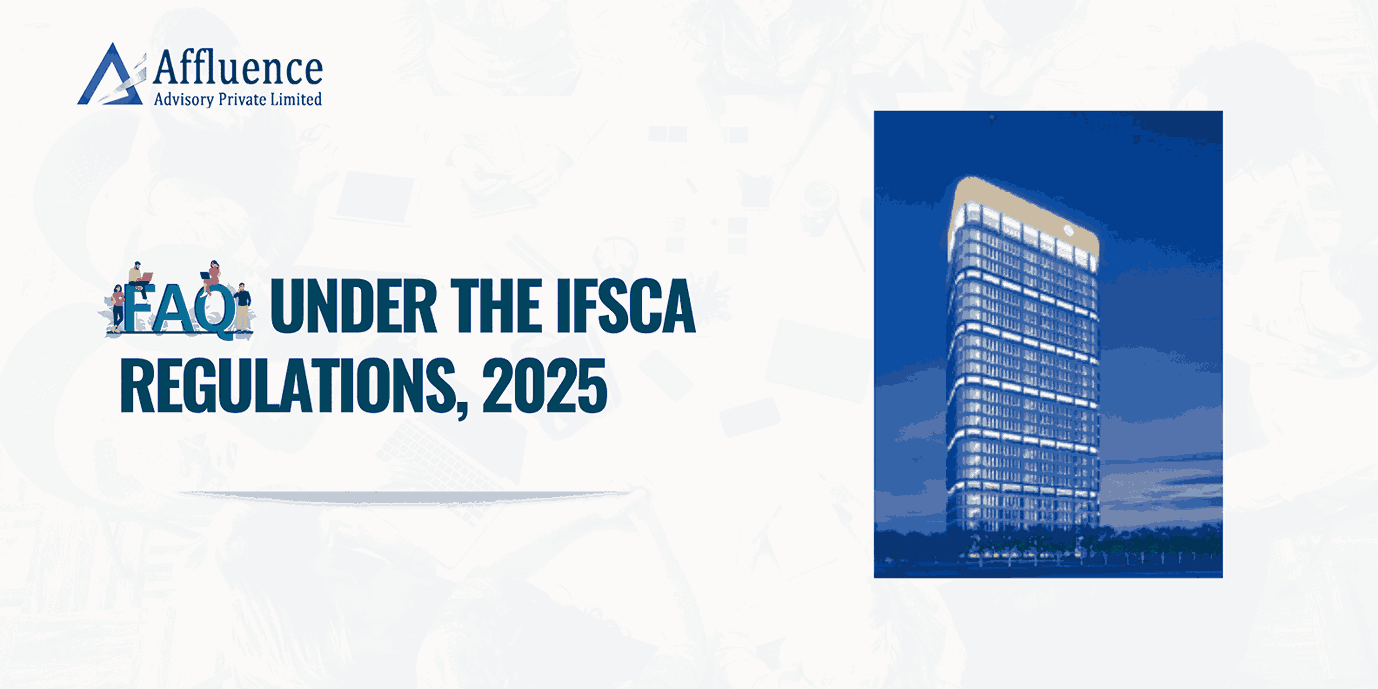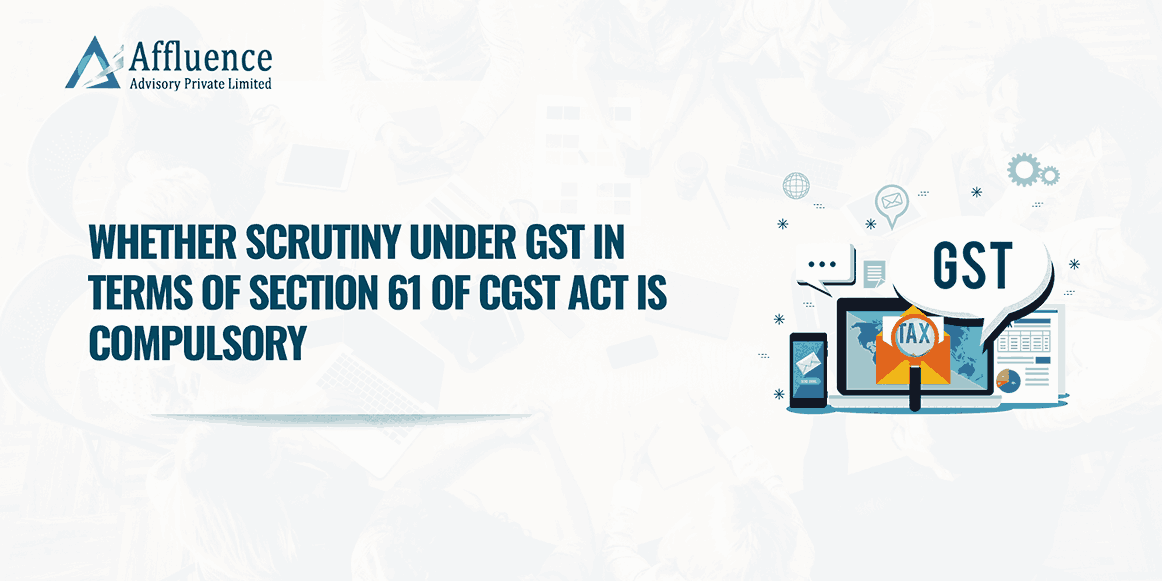Introduction
Indian businesses today are increasingly looking at both inward and outward investment opportunities to strengthen their growth. Foreign Direct Investment (“FDI”) enables capital inflow from global investors into Indian companies, while Overseas Direct Investment (“ODI”) allows Indian enterprises to expand abroad. Both forms of investment are regulated under the Foreign Exchange Management Act (FEMA), 1999 and detailed in the RBI’s Master Directions. This article explains FDI and ODI in simple terms, highlights their differences, examines challenges, and provides practical guidance for Indian companies.
Key Differences between FDI and ODI
- Nature of Investment
- FDI: Refers to a foreign investor purchasing equity or capital instruments of an Indian company or LLP, which may also give them management rights.
- ODI: Refers to Indian companies or entities setting up or investing in joint ventures (JVs) and wholly owned subsidiaries (WOS) outside India, either through equity, loans, or guarantees.
- Flow of Funds
- FDI: Funds flow into India from non-residents.
- ODI: Funds flow out of India by resident Indian entities.
- Who Can Invest
- FDI: Any person or entity resident outside India (companies, institutions, or individuals, subject to sectoral rules).
- ODI: Indian companies, LLPs, and in limited cases, resident individuals under the Liberalized Remittance Scheme (LRS).
- Approval Process
- FDI: Can come in through the automatic route (no prior approval required) or the government route (approval required from the relevant ministry/DPIIT).
- ODI: Permitted automatically up to a limit of 400% of the net worth of the Indian entity, based on its last audited balance sheet. Investments beyond this ceiling need RBI approval.
- Mandatory Filings
- FDI: Key forms include FC-GPR (reporting share issuance), FC-TRS (reporting transfer of shares between residents and non-residents), and the FLA Return (annual return on foreign liabilities and assets).
- ODI: Requires filing Form ODI (initial investment), Annual Performance Report (APR) for each JV/WOS by December 31, and reporting of disinvestment/sale proceeds within 90 days.
- Primary Purpose
- FDI: To bring in global capital, advanced technology, and create jobs in India.
- ODI: To help Indian companies gain access to foreign markets, technology, and global competitiveness.
Also Read: RBI Enables Bulk Upload on FIRMS Portal: Major Relief for Professionals Filing FCGPR, FCTRS and DI
Challenges in FDI and ODI
- Regulatory Framework
- FDI is subject to sector-specific caps and conditions in areas such as defense, insurance, and retail.
- ODI is restricted in certain sectors abroad (like real estate and banking, except under specific conditions).
- Compliance Burden
- Delays in FDI filings (e.g., FC-GPR, FC-TRS) can result in penalties.
- Non-filing of APR for ODI may block further overseas investments by the Indian company.
- Repatriation Rules
- For FDI, foreign investors may face delays in taking profits or exit proceeds back due to tax and procedural hurdles.
- For ODI, sale proceeds or disinvestment gains must be brought back to India within stipulated timelines.
- Bank and Regulator Scrutiny
- Authorized Dealer (AD) Banks verify the legitimacy of ODI proposals and ensure they meet FEMA guidelines.
- For FDI, proper KYC and valuation compliance of foreign investors is essential.
- Global and Domestic Risks
- International political tensions, trade restrictions, and global economic conditions impact ODI projects.
- Domestic policy unpredictability and withdrawal from bilateral treaties sometimes discourage FDI inflows.
Practical Insights for Indian Companies
- Ensure Robust Compliance
Maintain accurate records and file all FDI/ODI forms on time with AD Banks. Supporting documents such as board resolutions and valuation certificates should be kept ready. - Thorough Due Diligence
For ODI, assess the overseas market, tax regime, currency risks, and host-country regulations before committing capital. - Plan Sector-Specific Entry
For FDI, check sectoral caps and conditions before accepting foreign investment. Engage advisors early for smooth structuring. - Balance Domestic and Global Growth
Use FDI to build stronger capabilities at home and ODI to capture global opportunities, depending on risk appetite. - Individual Investments
Residents can use the Liberalized Remittance Scheme (LRS) to invest up to USD 250,000 annually in permitted overseas ventures. - Stay Updated
RBI frequently updates its Master Directions on FDI and ODI. Businesses should regularly monitor these updates to avoid penalties.
Conclusion
FDI and ODI are essential elements of India’s integration with the global economy. FDI brings investment and innovation into India, while ODI helps Indian businesses grow internationally. By following RBI’s Master Directions carefully, ensuring timely compliance, and aligning investments with long-term strategies, companies can make the most of both opportunities. With balanced use of FDI and ODI, Indian businesses can strengthen their domestic base and establish a sustainable global presence.
Disclaimer: This article provides general information existing at the time of preparation and we take no responsibility to update it with the subsequent changes in the law. The article is intended as a news update and Affluence Advisory neither assumes nor accepts any responsibility for any loss arising to any person acting or refraining from acting as a result of any material contained in this article. It is recommended that professional advice be taken based on specific facts and circumstances. This article does not substitute the need to refer to the original pronouncement.








